Learn why non-stick coating flakes, the dangers of flaking cookware, and how to prevent it. A complete guide to safe and long-lasting non-stick pan use.
Introduction: The Problem with Peeling Non-Stick Coatings
Non-stick pans are a kitchen staple for their convenience and ease of cleanup. But what happens when your once-smooth cooking surface starts to peel, chip, or flake? The sight of black specks in your eggs or a rough patch on your pan often leads to one pressing question: why does non-stick coating flake? And more importantly, is it safe?
In this comprehensive guide, we delve deep into the science and safety of flaking non-stick coatings—exploring causes, dangers, and best practices to ensure your cookware stays reliable and long-lasting.
What is Non-Stick Coating Made Of?
PTFE (Teflon) Explained
Polytetrafluoroethylene (PTFE), popularly known as Teflon, is the most common non-stick coating used in cookware. Its molecular structure provides a slippery surface that prevents food from sticking, even with minimal oil.
Developed in the 1930s, PTFE is chemically inert, heat-resistant up to 500°F (260°C), and non-reactive with food—making it ideal for cookware when used correctly.
Ceramic and Other Alternatives
Other types of non-stick coatings include:
- Ceramic: Made from inorganic minerals and often labeled “green” or PTFE-free.
- Granite/Diamond Coatings: Enhanced with minerals for durability.
- Titanium or Hard-Anodized Aluminum: Typically used as a base under non-stick layers, not as the sole surface.
How Coatings Are Applied to Cookware
The coating is sprayed or rolled onto the base metal (aluminum or stainless steel) and then cured at high heat. Multiple layers are often used for improved durability.
What Causes Non-Stick Coating to Flake?
High Heat and Thermal Degradation
Non-stick coatings are not designed for high-heat cooking. Exposing PTFE to temperatures above 500°F causes molecular breakdown, which leads to bubbling, warping, and eventual flaking of the surface.
Improper Utensils: Scratches from Metal Tools
Using metal utensils (forks, knives, spatulas) can leave micro-scratches that gradually peel the coating. These scratches often start small but worsen over time with repeated use.
Abrasive Cleaning Methods
Scrubbing your pan with steel wool, rough sponges, or abrasive cleaners can compromise the coating’s integrity. Once scratched, the coating becomes more prone to moisture and heat damage.
Dishwasher Damage
Most non-stick pans are not dishwasher safe. Detergents, heat, and friction can erode the coating prematurely—even if the label says “dishwasher safe.”
Manufacturing Defects or Low-Quality Coatings
Inexpensive cookware often uses thinner or poorly applied coatings, which degrade faster under normal use. Some knockoffs may skip essential curing steps, leading to early flaking.
Common Mistakes That Lead to Coating Flaking
Using Cooking Sprays
Non-stick sprays can build up a residue that forms a sticky layer, defeating the pan’s purpose and causing coating separation over time.
Storing Pans Improperly (Stacking and Scraping)
Stacking pans without protective padding allows surfaces to rub against each other, causing friction damage. Over time, this leads to visible wear.
Overheating Empty Pans
Heating an empty non-stick pan can cause rapid temperature spikes. This accelerates the breakdown of the coating and can lead to bubbling or chipping.
How to Know When Your Non-Stick Pan is Failing
Signs of Early Wear
- Dull or discolored surface.
- Minor food sticking.
- Uneven heat patches.
Peeling, Bubbling, or Chipping
These are critical warning signs. A compromised surface not only reduces performance but could introduce health risks if flakes end up in your food.
Performance Changes: Food Sticking, Uneven Heating
If your non-stick pan begins behaving like a stainless steel skillet—with food clinging or burning unevenly—it’s time for inspection.
Is Flaking Non-Stick Coating Dangerous?
Ingesting Flakes: What Happens?
PTFE flakes are non-toxic and generally pass through your digestive system harmlessly. However, consistent ingestion of degraded coating materials isn’t advisable.
Health Risks of PTFE at High Heat
When overheated:
- PTFE releases fumes that can cause polymer fume fever (“Teflon flu”) in humans.
- It’s particularly lethal to birds in enclosed kitchens.
PFOA vs. PTFE: Clarifying the Confusion
- PFOA (perfluorooctanoic acid): Previously used in PTFE manufacturing, now banned in most countries.
- PTFE is still widely used and considered safe under proper conditions (not overheated or damaged).
How to Prevent Non-Stick Coating from Flaking
Correct Cooking Practices
- Never use high heat—medium is the sweet spot.
- Preheat with a bit of oil, but never over an open flame or under a broiler.
- Avoid preheating an empty pan.
Best Utensils for Non-Stick Cookware
- Silicone, wooden, or plastic tools are safest.
- Avoid metal edges or sharp corners.
Safe Cleaning and Drying Methods
- Let pans cool before washing.
- Hand wash using non-abrasive sponges.
- Avoid bleach, oven cleaners, or abrasive powders.
Proper Storage Tips
- Use cloth protectors or hang pans individually.
- Do not stack heavy pots on top of delicate non-stick surfaces.
When to Replace a Non-Stick Pan
Lifespan Expectations by Coating Type
| Coating Type | Average Lifespan |
|---|---|
| PTFE (Teflon) | 2–5 years |
| Ceramic | 1–3 years |
| Diamond/Granite | 5–7 years (premium) |
Safety Guidelines for Replacement
Replace your pan immediately if:
- The coating peels or bubbles.
- You notice flakes in your food.
- Cooking performance has dropped significantly.
Warranty and Manufacturer Guidelines
Many brands offer limited warranties—check the fine print for coverage of flaking and defects. Higher-end cookware often includes repair or replacement options.
Non-Stick Coating Alternatives and Their Durability
Ceramic
- Pros: PTFE/PFOA-free, eco-friendly.
- Cons: Less durable, more prone to chipping.
Hard-Anodized Aluminum
- Pros: Tough exterior, good non-stick performance.
- Cons: Often paired with PTFE.
Cast Iron with Natural Non-Stick
- Pros: Lasts a lifetime when seasoned.
- Cons: Heavier, requires maintenance.
Environmental and Disposal Considerations
Can You Recycle Non-Stick Pans?
Unfortunately, non-stick pans are not curbside recyclable due to the coating. Some recycling centers accept them if the coating is removed.
Eco-Friendly Disposal Tips
- Contact local metal recyclers or cookware manufacturers.
- Some companies like TerraCycle offer specialty recycling programs.
FAQs About Non-Stick Coating Flaking
Q1: Is it harmful to eat non-stick coating flakes?
Generally, small flakes are non-toxic, but regular ingestion is not recommended.
Q2: Can you repair flaking non-stick coating?
No, once a non-stick surface flakes, it cannot be repaired safely or effectively.
Q3: How can I prevent flaking in new non-stick pans?
Use the correct utensils, avoid high heat, hand wash, and store them properly.
Q4: Does flaking happen in all types of non-stick pans?
Yes, all coatings degrade eventually, but some (like reinforced PTFE or granite) last longer.
Q5: Can I use cooking spray on non-stick pans?
Avoid it—sprays build up and degrade the coating over time.
Q6: Are ceramic coatings safer than PTFE?
They are PTFE-free, but not necessarily safer if they chip or crack.
Conclusion: Protecting Your Cookware Investment
Understanding why non-stick coating flakes is the first step toward extending your cookware’s lifespan and protecting your health. Flaking is typically the result of misuse, high heat, poor utensils, or low-quality coatings. While small flakes aren’t immediately harmful, continued use of damaged pans is not advisable.
By following the tips in this guide—choosing quality cookware, using proper utensils, and maintaining a careful cleaning routine—you can avoid early degradation and enjoy the benefits of non-stick cooking for years to come.
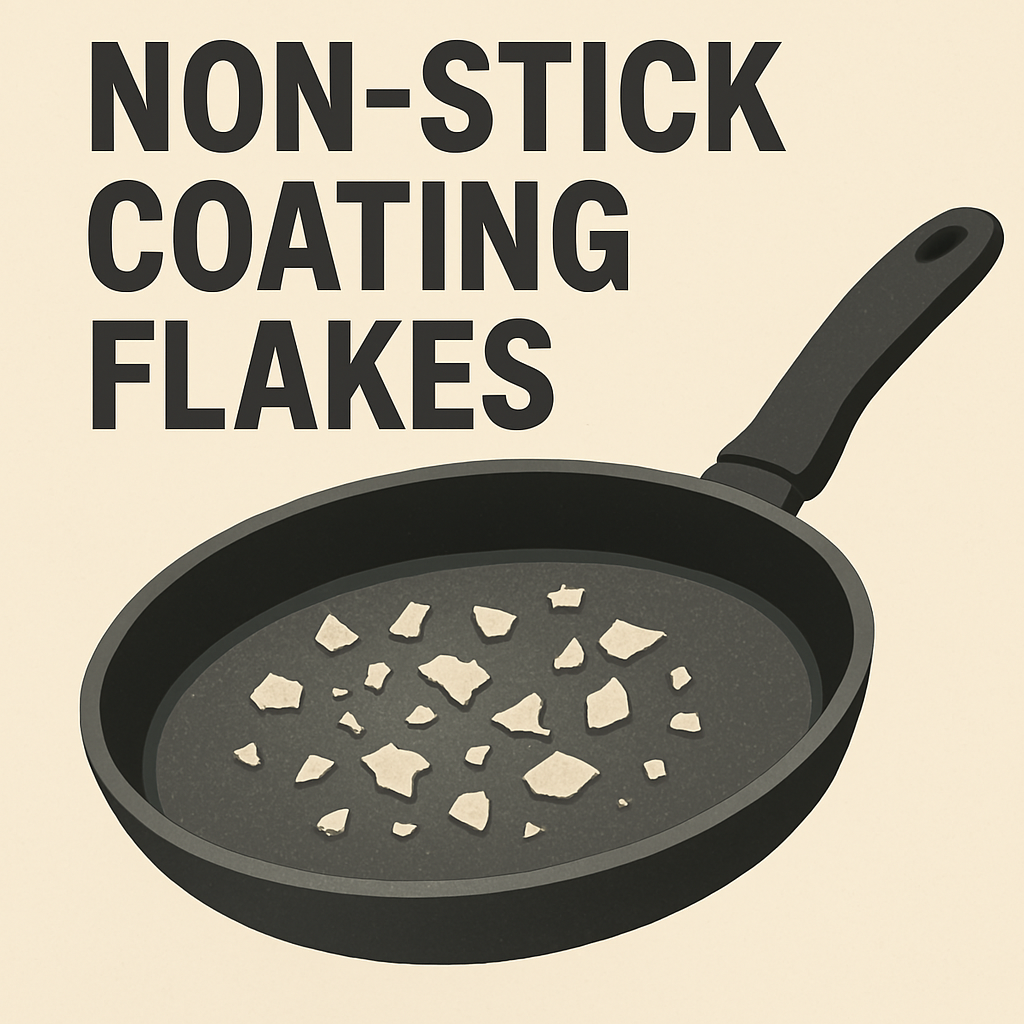

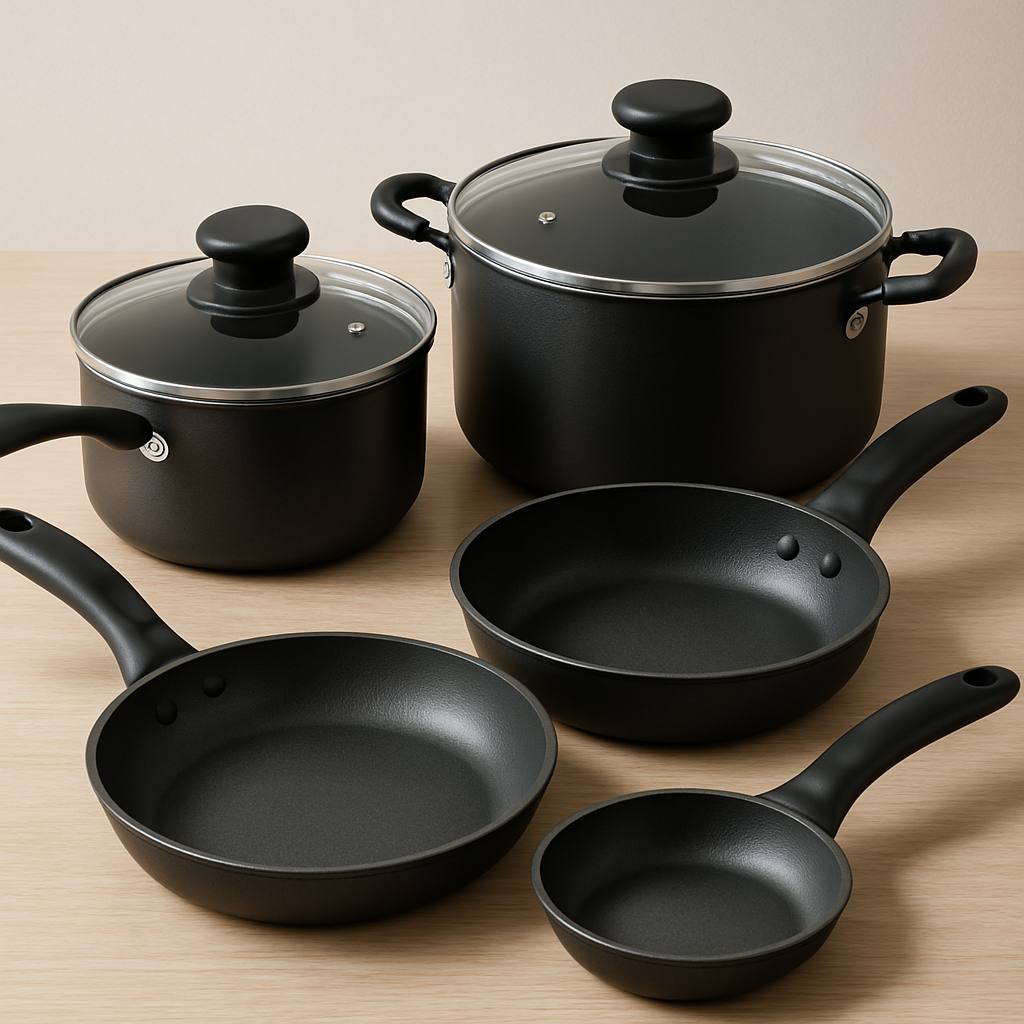
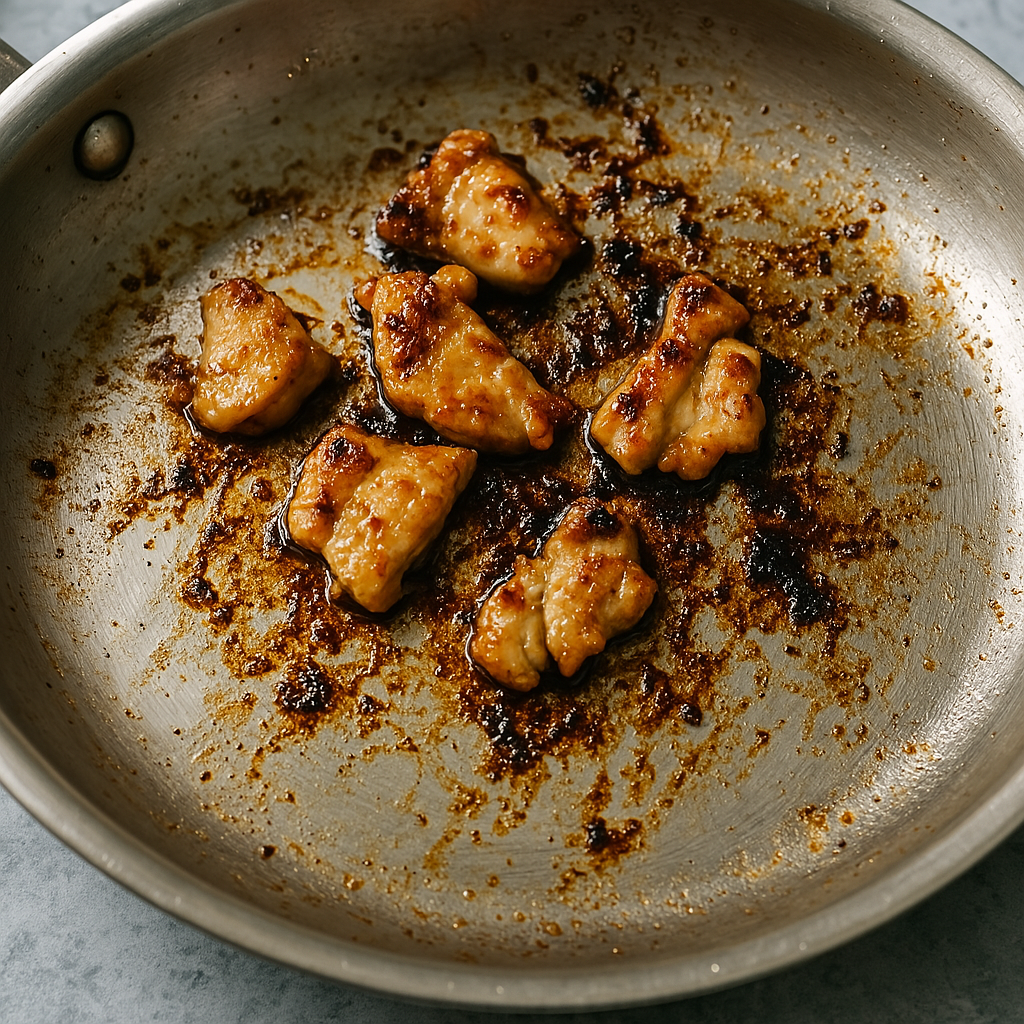
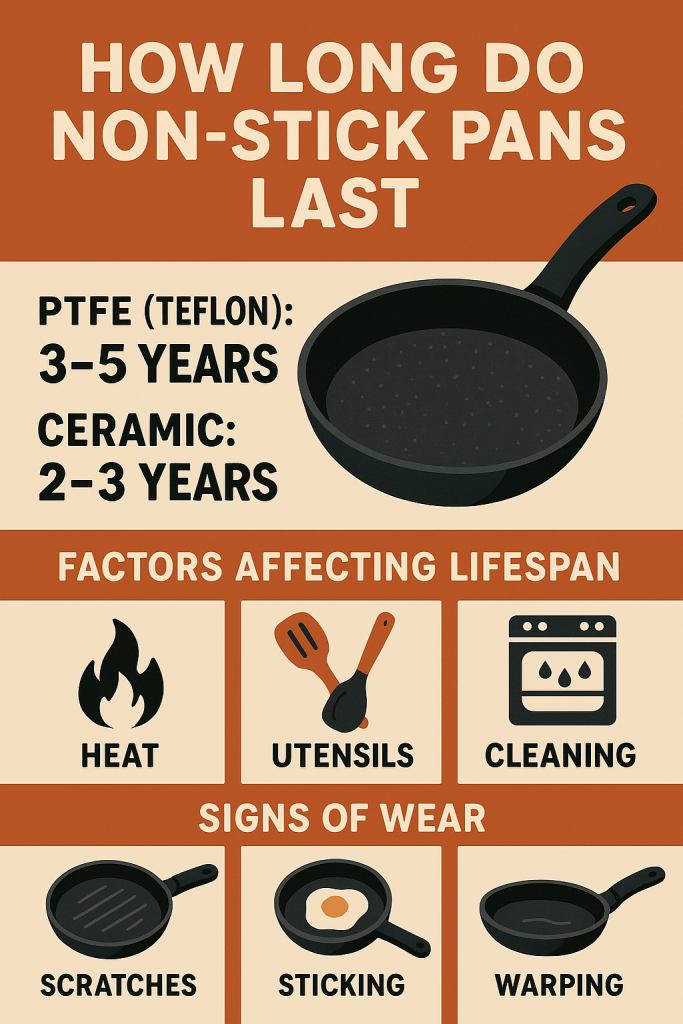
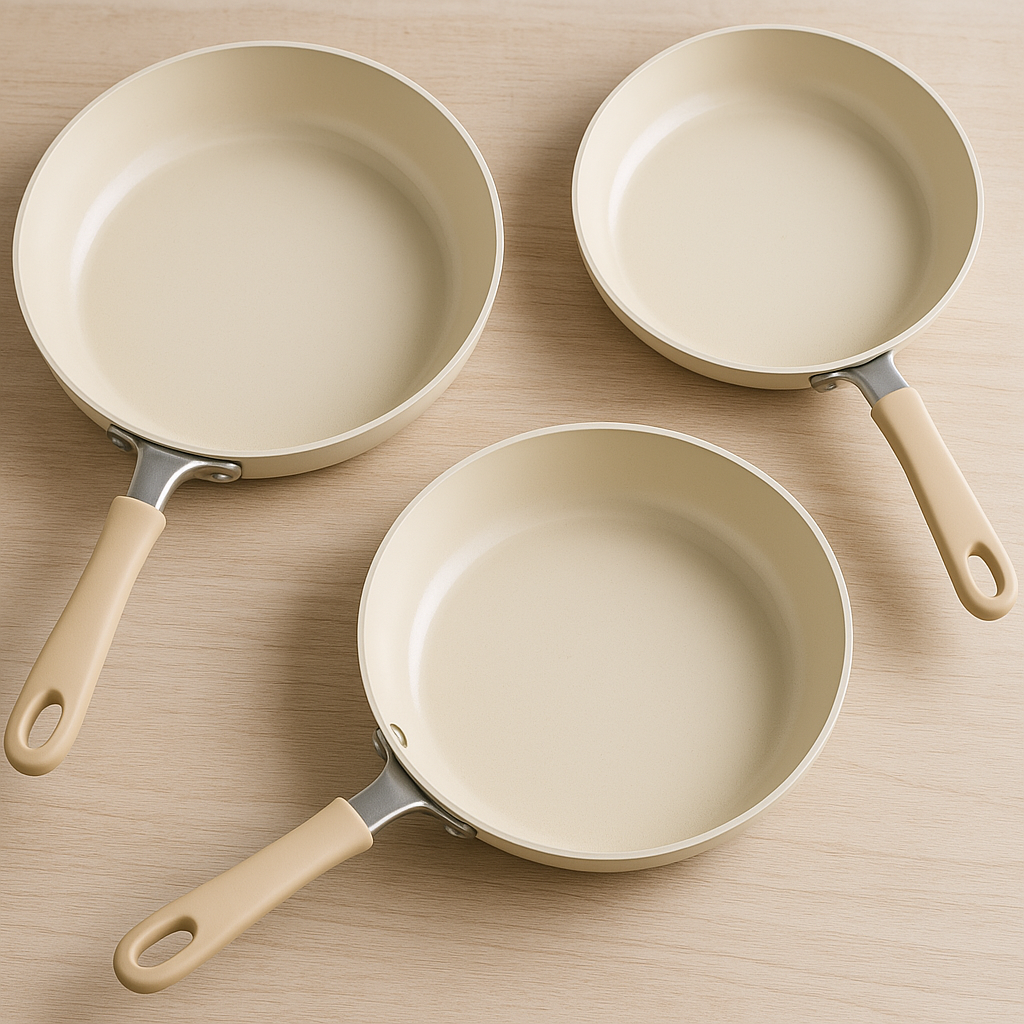
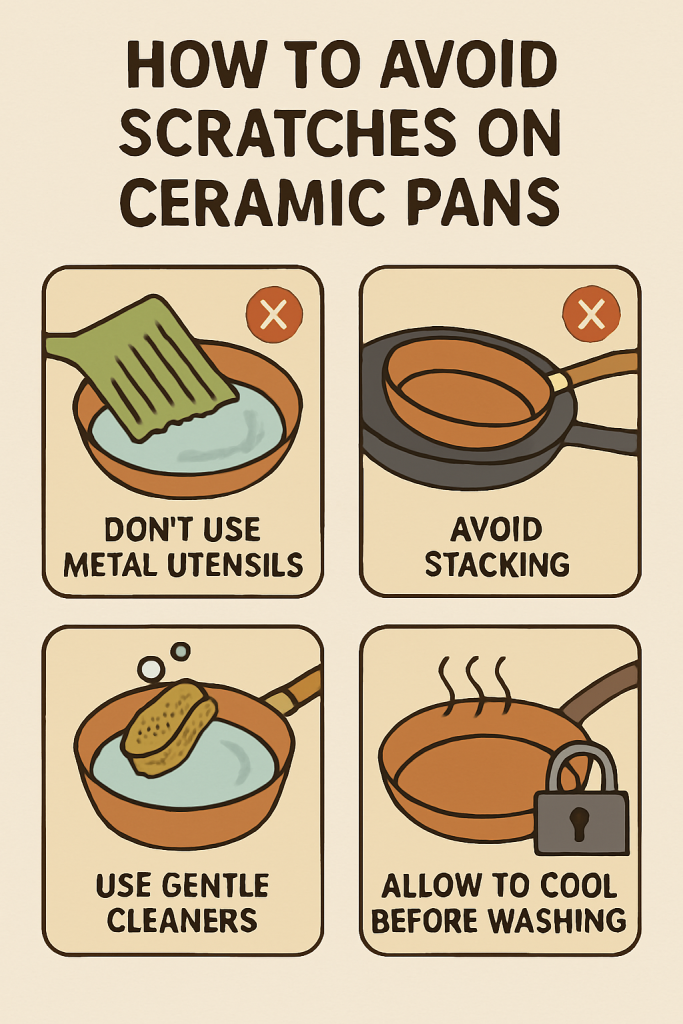
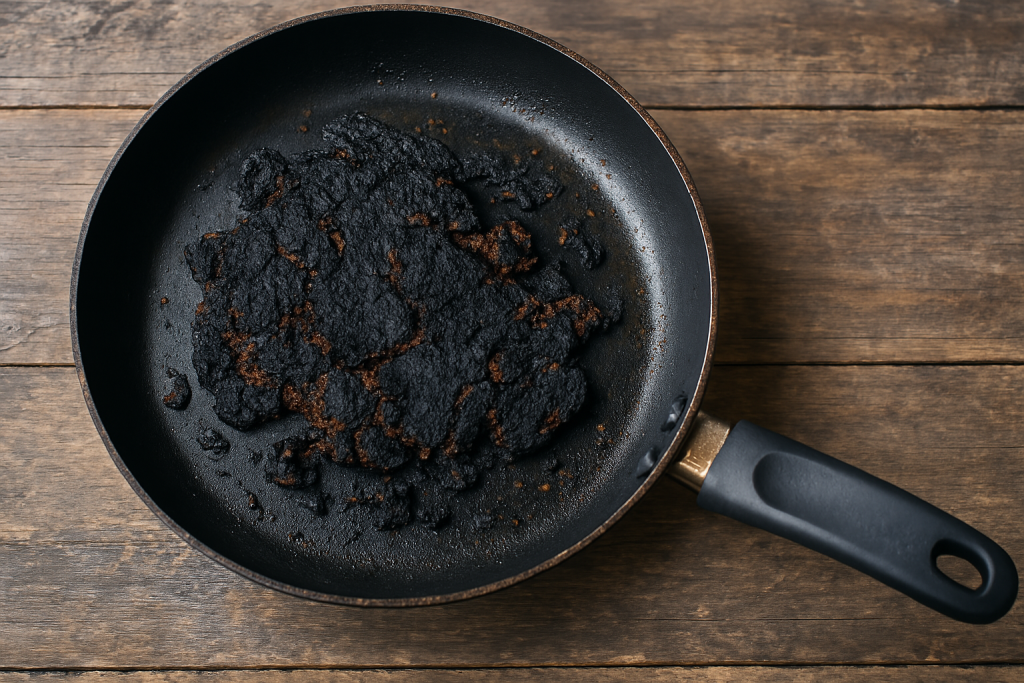
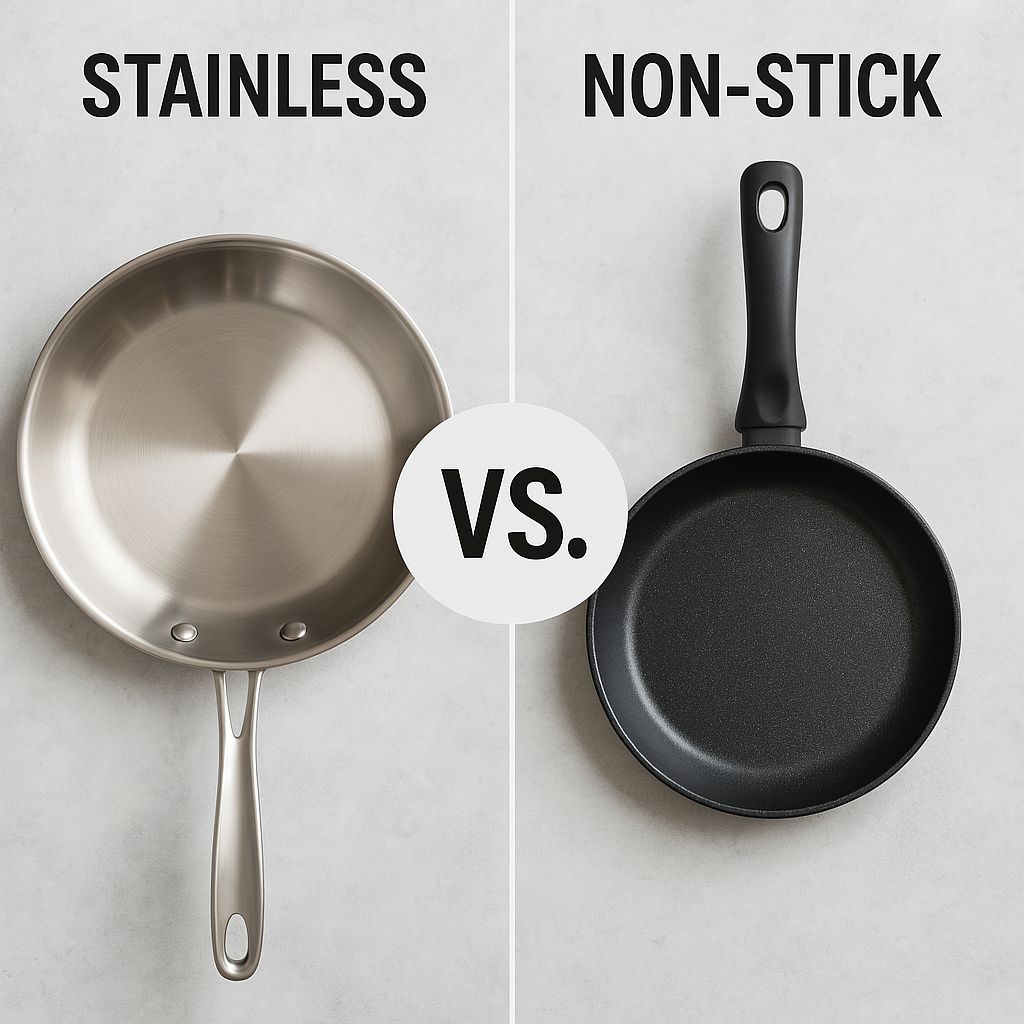
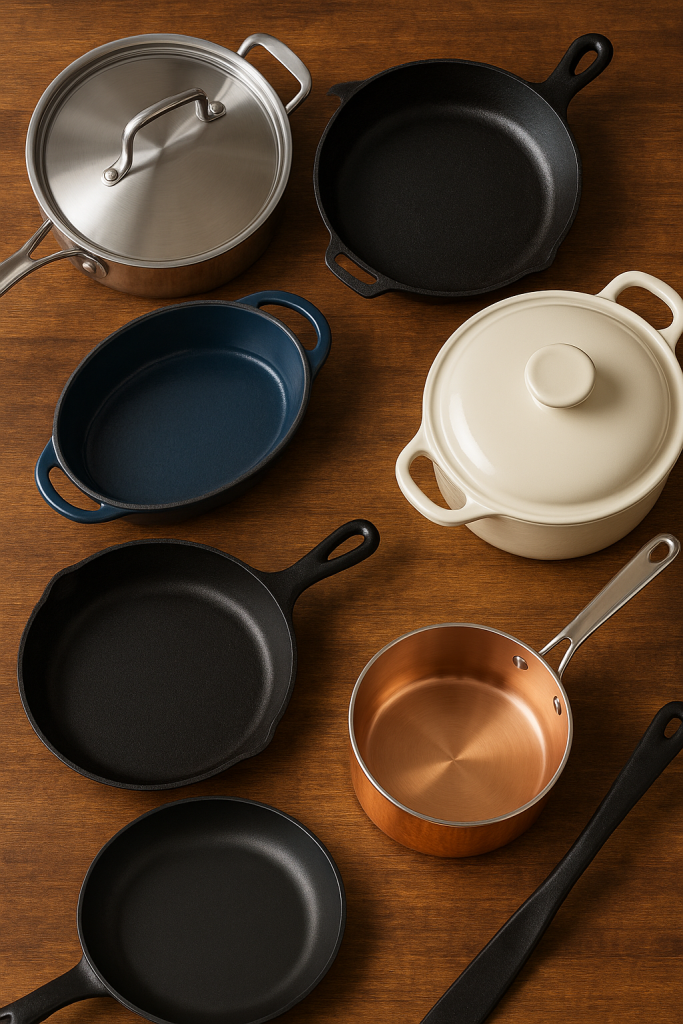
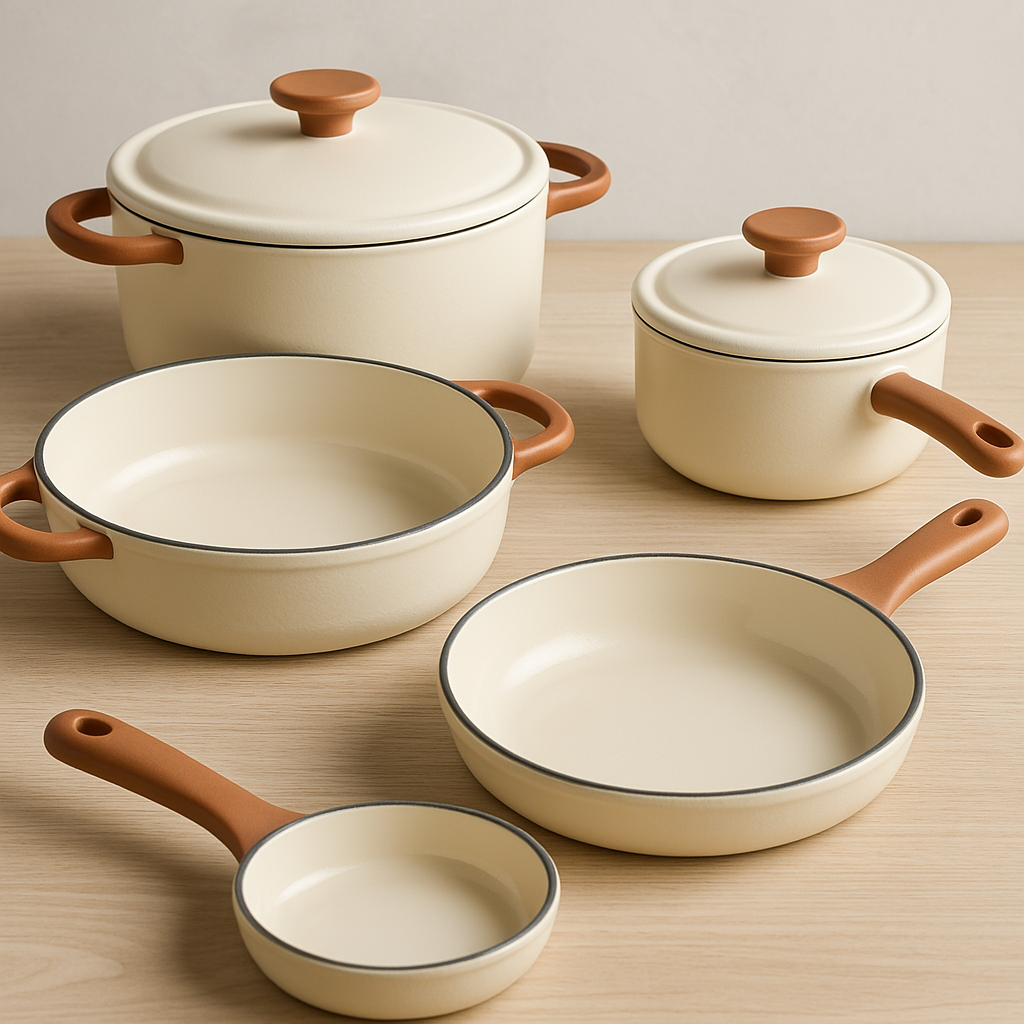
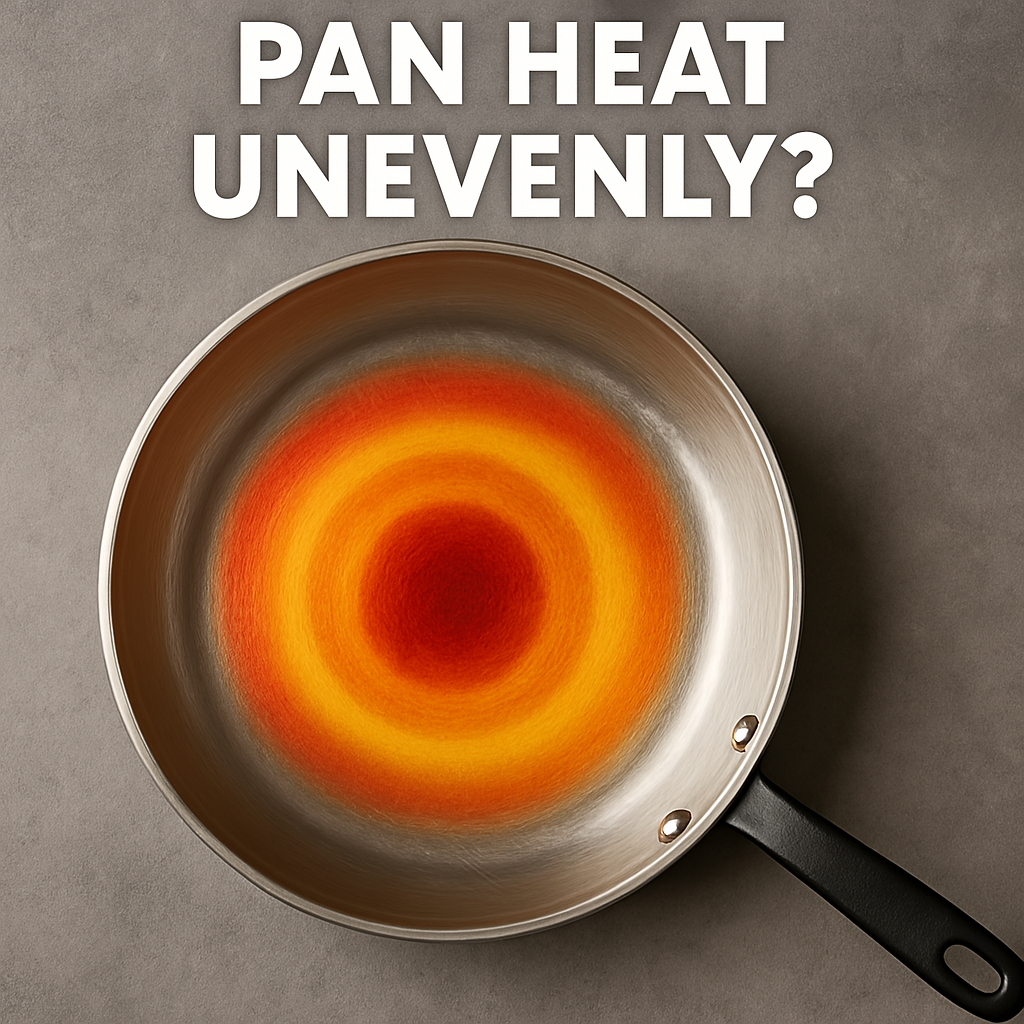
Leave a Reply